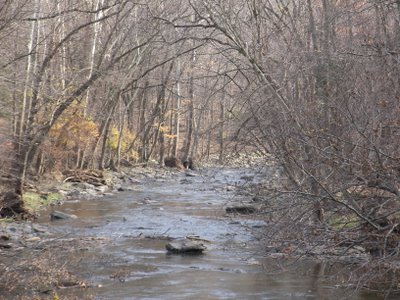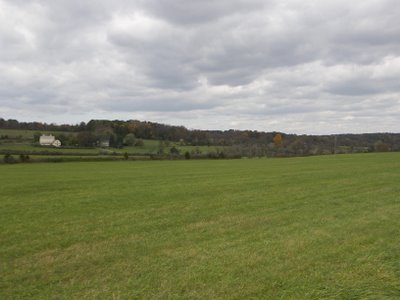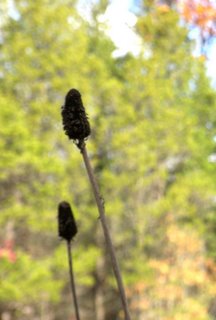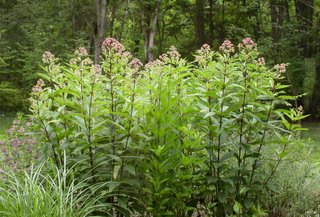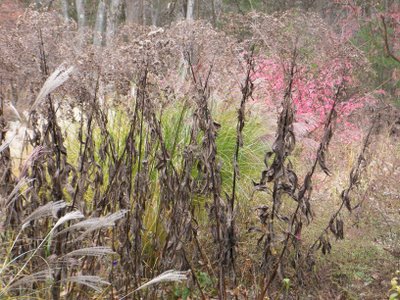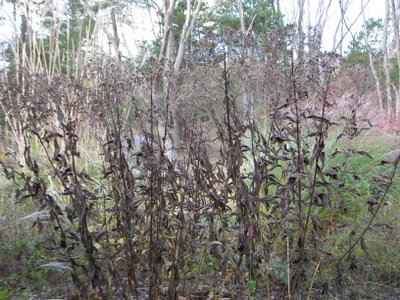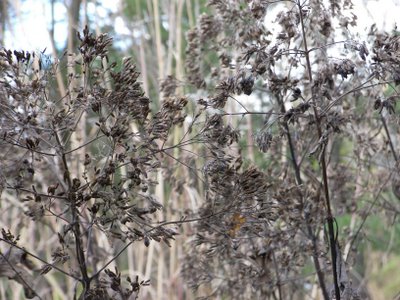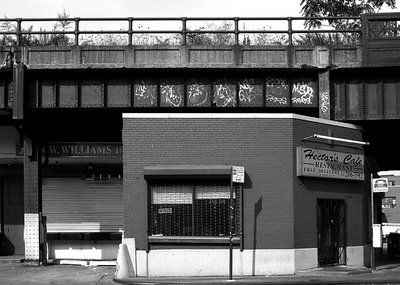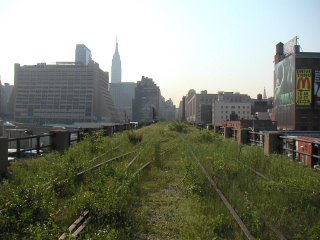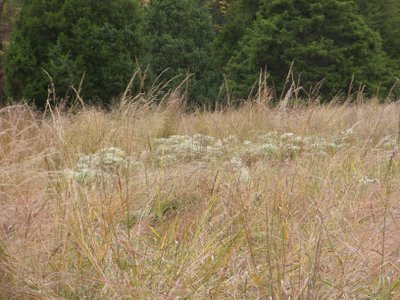
We visited Iceland in early August. Reykjavik has many gardens, even a quite interesting botanical garden, but the highlight of the trip, floristically speaking, may have been a moss-covered wall fronting the city hall.
But that description of this unique "vertical garden" is far too bland. It's much more than that - visually, it's an arresting structure, long and green, at least in summer, full of texture and color, both a beautiful object and a powerful symbol. It is a wall of allusion, with symbolic references to multiple aspects of Icelandic ecology, culture and history, evoking the moss-covered lava fields surrounding the city, the old turf houses with "green" roofs the rural Icelanders lived in for centuries (consider the similarities to the turf-roofed house below). It pays tribute to the maritime heritage of the country, which depends for most of its wealth on the sea (reflected in the portholes in the wall), and is a fitting reminder of the location of the city hall at one end of the Tornin, a small jewel-like lake in the center of the city. Possibly other references beyond my knowledge are present there.

The wall is long, fronting the entire length of the building, with a large pool at its foot. It appeared to be kept moist by a spray of water from along the top (though Iceland's climate is so damp, it seems unlikely the mechanical watering feature would be needed all the time).

This looks like an exemplary model of sustainable design, using a monoculture of native mosses, as well as what appear to be a few self-seeded grasses and forbs, growing in a matrix of natural lava rock. I haven't been able to find any reliable documentation on the design of the wall, its maintenance or its history. If you know anything about it, please post a comment or send me an email.

The portholes are a nice feature of the design, adding considerable visual interest, especially from a distance. They serve as focal points, drawing your attention toward the wall, where you can appreciate the mosses and other flora close up.

The last photo shows one end of the city hall opening over the lake. You can see the building structure is made of two similar halves with arched roofs. In the center, between the two halves, you can make out the end of the moss-covered wall. It looks very dark because the day was rainy, and the building casts the wall into shadow.

